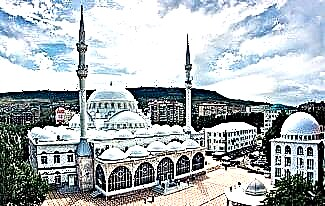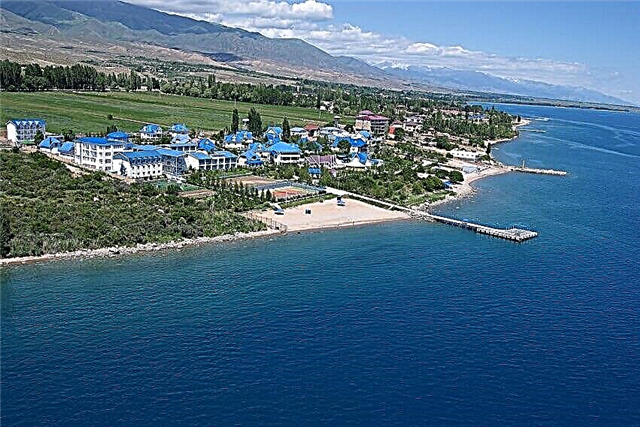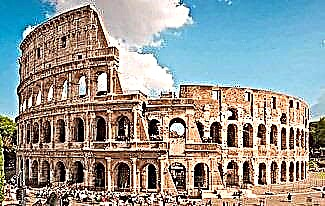The Boboli Gardens in Florence are a unique corner of Italy. Each city has its own historical monuments, sights and memorable places. But the Florentine garden is known all over the world and is one of the famous park compositions of the Italian Renaissance.
Historical facts about Boboli Gardens
The first information about the Boboli Gardens dates back to the 16th century. Then the Duke of Medici acquired the Pitti Palace. Behind the building of the palace there was a hill with an empty territory, from which Florence can be seen "in full view". The Duke's wife decided to create a beautiful park here to emphasize her wealth and grandeur. Several sculptors were engaged in its creation, the territory increased, new flower and plant ensembles arose. The park became more colorful when decorative compositions appeared among the alleys.

The gardens have become a model for many park areas in the royal gardens of Europe. This is how the open-air museum was born. Lavish receptions, theatrical performances, and opera performances were held here. The Dostoevskys often walked and rested in these gardens. They made plans for the future here, basking in the rays of the Italian sun.
Location of the park area
In accordance with the park construction in the 16th century, the Boboli Gardens are divided into parts by alleys located in a circle and wide rectilinear paths, decorated with statues and fountains, decorative elements of stone. The composition is complemented by grottoes and garden temples. Tourists can see examples of garden sculpture from different centuries.

The garden is divided into two parts: semi-private and public areas, and its area extends over 4.5 hectares. Over the years of its existence, it has changed its appearance more than once, and each owner introduced additional elements to its taste. And for visitors the museum of unique landscape gardening art was opened in 1766.
We advise you to read about the Tauride Garden.
Attractions Boboli
The area is rich not only in its history, there is something to see here. You can spend the whole day looking at unusual ensembles, grottoes, sculptures, flowers. The most interesting of them are:
- Obelisk located in the center of the amphitheater. He was brought from Egypt, and then he was in the Medici apartments.
- Fountain of Neptune, surrounded by Roman statues, which is on a gravel path.
- At a distance, in a small depression, you can see the sculptural ensemble "Dwarf on a Turtle", which copies the Medici court jester.
- The Buonalenti grotto is located nearby. It has three rooms that look more like a cave.
- Further along the trail is Jupiter's grove, and in the center is the Artichoke fountain.
- The Cavaliere garden is rich in flowers, and on the artificial island of Izolotto there are greenhouses with unique, old varieties of roses.
- The cypress alley, preserved since 1630, saves from a hot day and pleases with abundant greenery.
- It is worth mentioning the coffee house, on the terrace of which the nobles enjoyed a beautiful view of the city and the aroma of coffee.

Of course, this is not a complete list of unique places in the park. You can see some of them in the photo. Many sculptures have been replaced with samples, and the originals are kept indoors. The tired tourist can end his journey at the top of the hill, where a breathtaking panorama of the city awaits him.
How can you visit the garden?
Florence can be reached by high-speed trains. It will take very little time. For example, from Rome - 1 hour 35 minutes. Boboli Gardens are almost always ready to welcome guests. The entrance to the park is possible at the opening of the complex, and you need to leave it one hour before the end of work. Opening hours are always different, as they depend on the season, for example, in the summer months the park is open an hour longer.
The park does not accept visitors on the first Monday of every month and the last one is closed on holidays. The schedule is thought out so that the maintenance staff can carry out the necessary work in the park, because this place requires regular care and attention to it.









